Popular Compare
YOU MIGHT BE INTERESTED IN
Maruti Suzuki XL6 vs Toyota Rush – Spec Sheet Comparison
by Kshitij Rawat |
20/09/2019
The new Maruti Suzuki XL6 could have strong competition from Toyota Rush, if the latter were sold in India. Check out the comparison of exteriors, interiors, safety, performance, and price between the two.

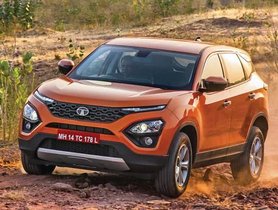





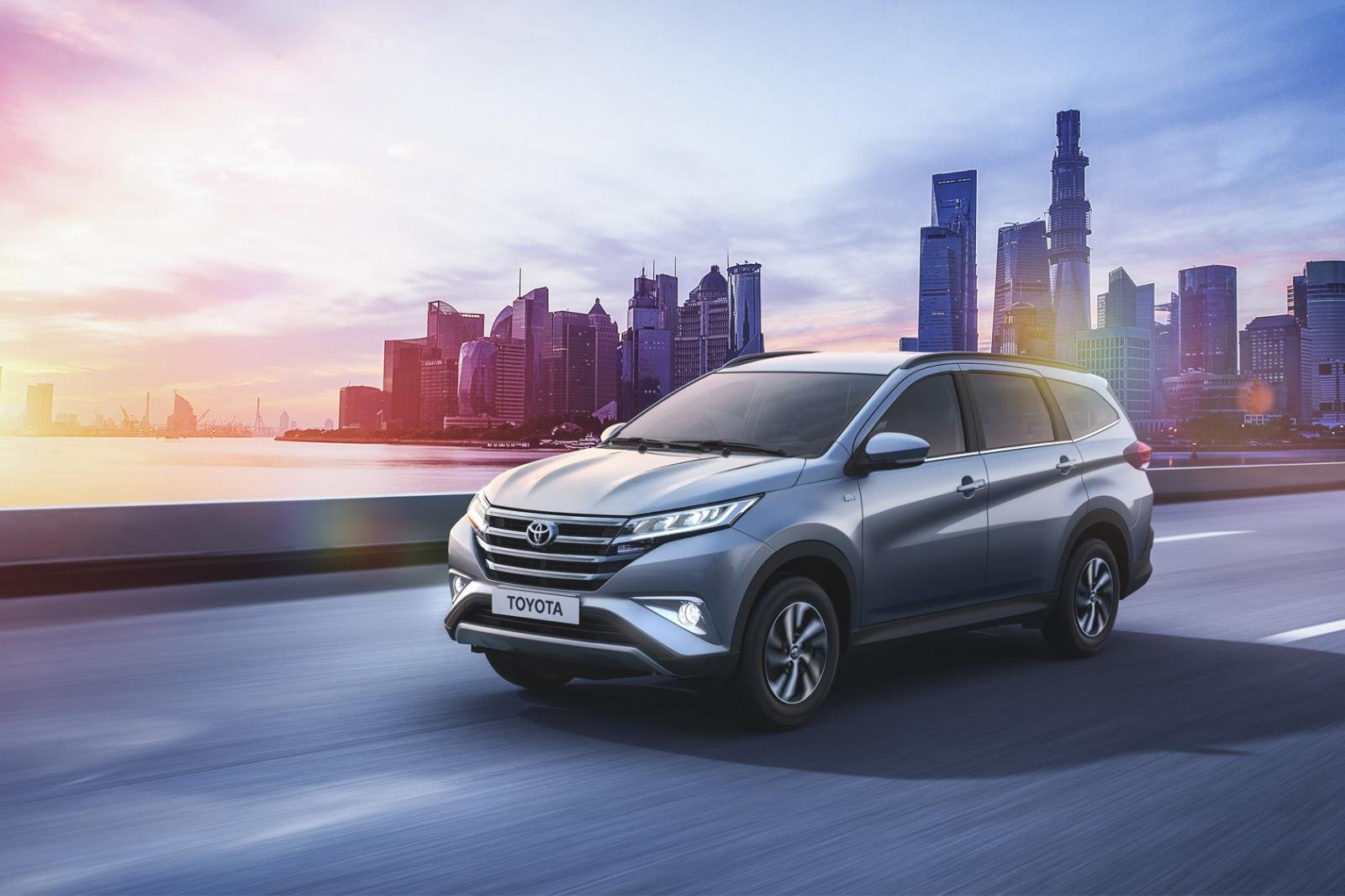
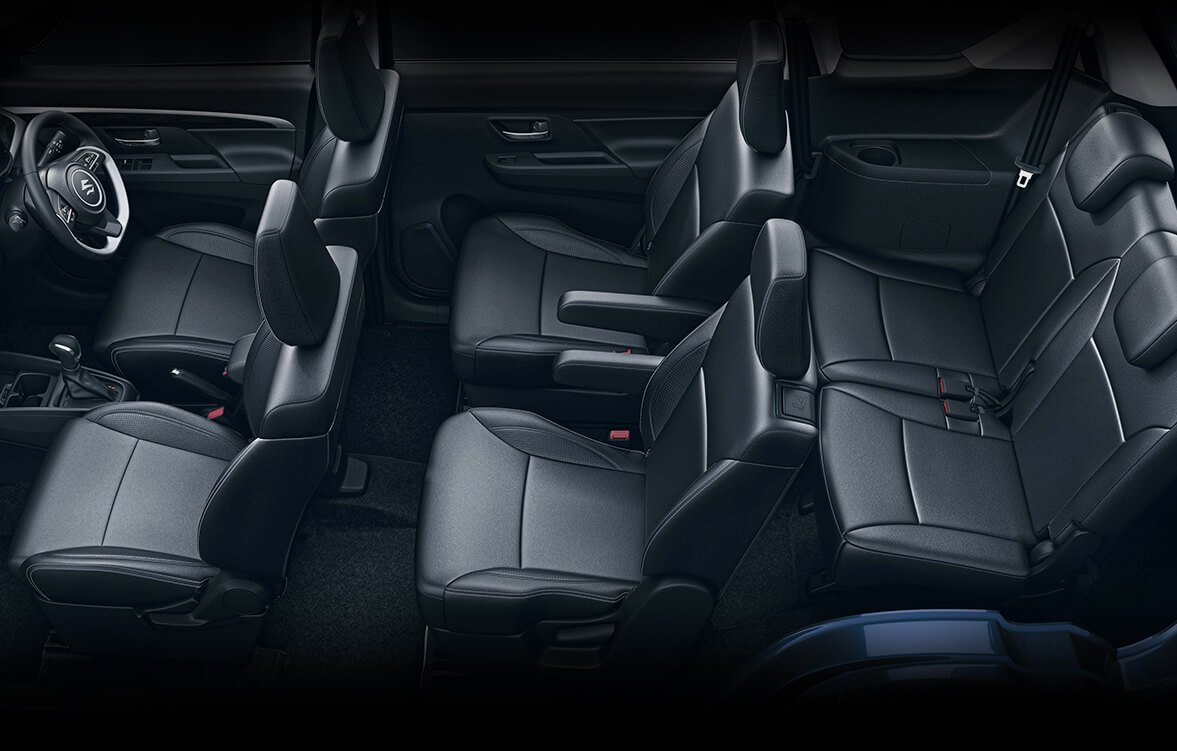
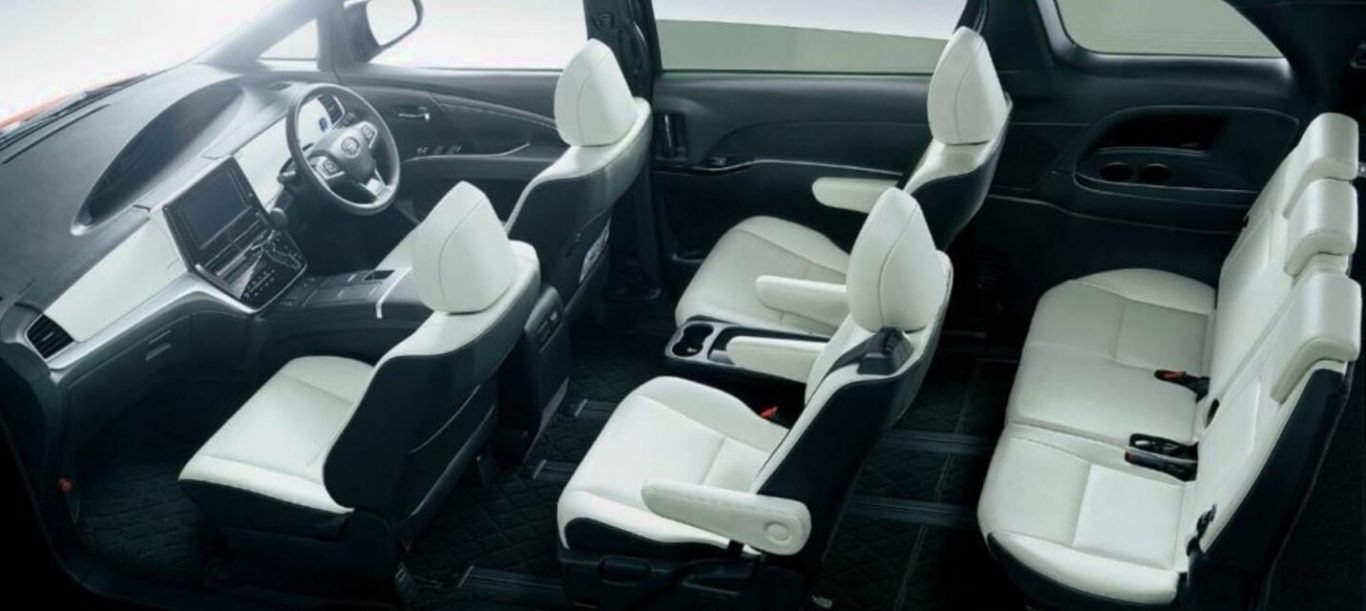
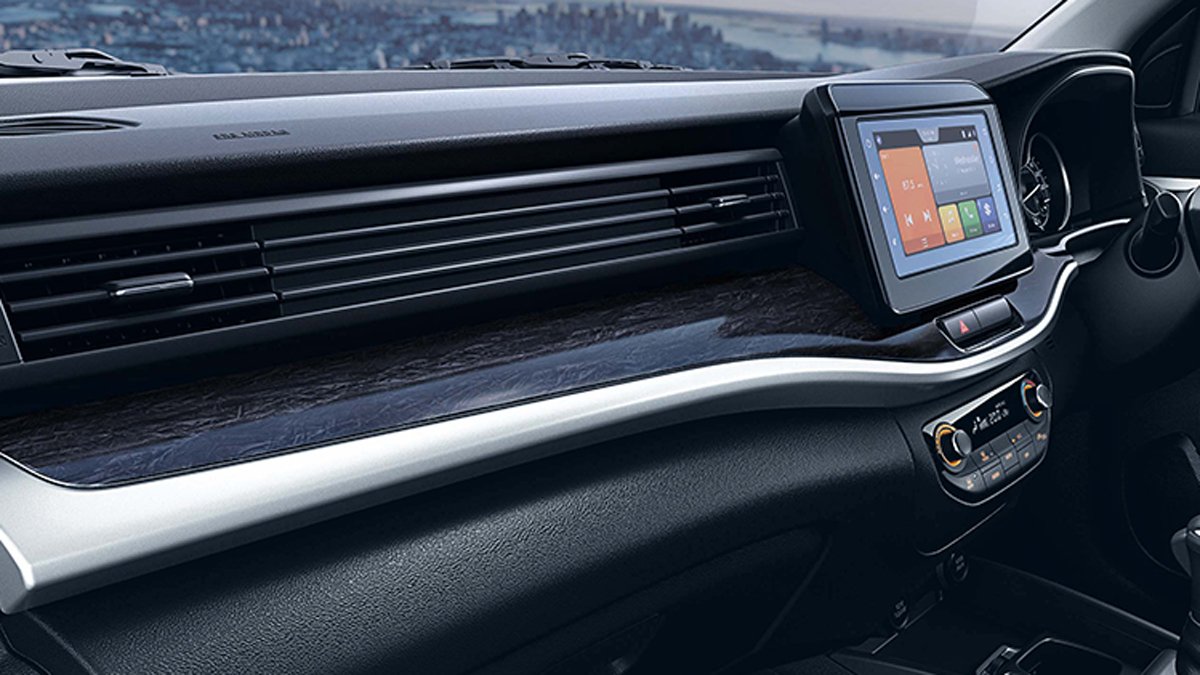

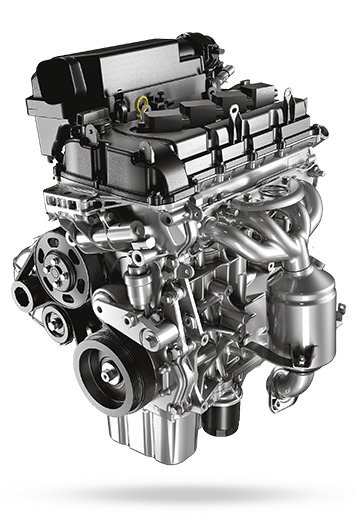
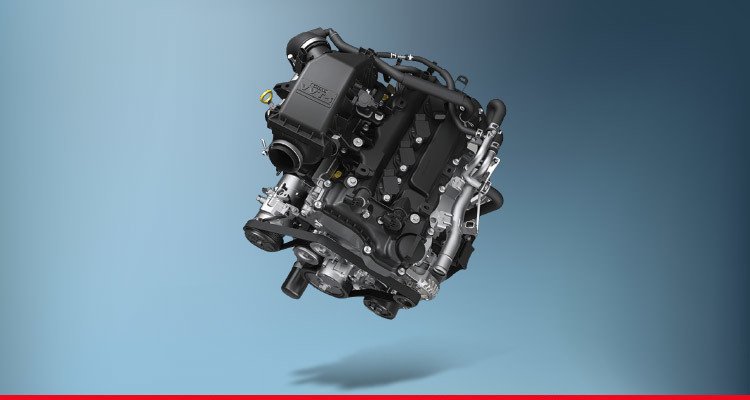
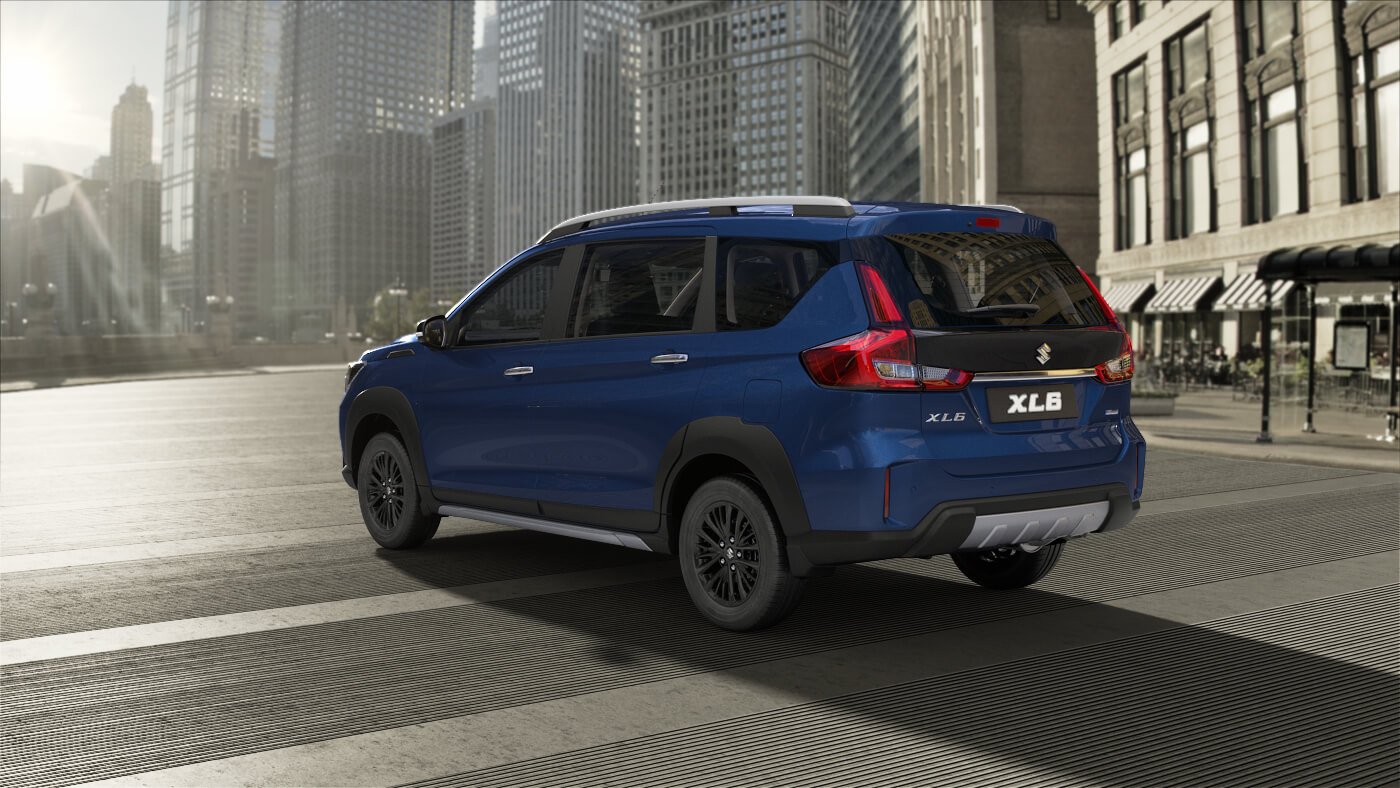
 Follow us on google news
Follow us on google news


